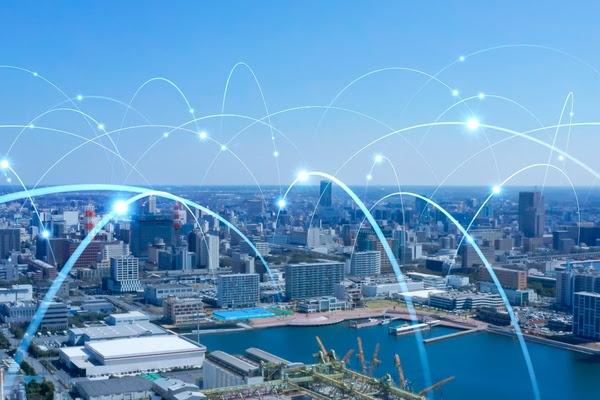Despite recent investment, uptake of 5G across smart city segments will remain low over the next five years though new use cases will emerge, especially in low latency, mission-critical services.

Only 1.6 per cent of smart city connections will be powered by 5G by 2026, finds the research
Despite recent investment, uptake of 5G across smart city segments will remain low over the next five years, according to a report from global tech market advisory firm ABI Research.
The findings are from ABI’s Smart Cities market data report and is part of the company’s Smart Cities and Smart Spaces research service.
LPWA preference
The research finds that of all cellular smart city connections, three quarters will ride on low power wide area (LPWA) LTE networks (Cat 1, Cat M, NB-IoT) in 2026, with around only 1.6 per cent powered by 5G, accounting for less than 10 million connections globally.
“Next to the time needed to deploy 5G networks globally, there are two main reasons for the low uptake of 5G in smart cities applications,” said Dominique Bonte, vice president, end markets and verticals, ABI Research.
“First, there is a high proportion of fixed lines, including fibre for connecting non-mobile applications like commercial buildings, signage, ITS (intelligent transportation systems), kiosks, smart electricity and gas meters, and surveillance. Second, where cellular is used, LPWA technologies are favoured. This is due to the low bandwidth requirements for telemetry type applications such as smart streetlights, smart parking, metering, and smart bins, many of which are also connected via non-cellular, proprietary LPWA connectivity such as LoRa.”
“There is a high proportion of fixed lines, including fibre for connecting non-mobile applications like commercial buildings, signage, ITS, kiosks, smart electricity and gas meters, and surveillance”
In the longer term, however, ABI said that new 5G use cases will emerge across a wide range of smart city segments, mostly centered around low latency, mission-critical services:
- Remote monitoring and control of unmanned assets like drones, robots, and driverless vehicles
- ITS applications like intelligent cooperative traffic lights and emergency vehicle preemption
- Remote healthcare services in ambulances
- Artificial intelligence-based (AI-based) surveillance and security monitoring
- Low latency edge cloud applications for demand-response and active security solutions.
A number of living laboratories are being set up around the world to explore and test 5G use cases. The most recent is a 5G centre at Purdue University’s Discovery Park District in Indiana, which will provide full-suite development and testing capabilities to speed up innovation and lower costs as well as control risk.
Meanwhile, Brazilian government research body, the Telecommunications Research and Development Centre (CPQD), has teamed with Nokia to co-develop open radio access network (O-Ran) solutions for 5G edge applications such as smart cities and fixed wireless access while in February, while Cavli Wireless, a cellular Internet of Things (IoT) solutions provider, and Maker Village, the Indian IoT and hardware innovation hub, announced a collaboration to establish a 5G network test lab in India.
